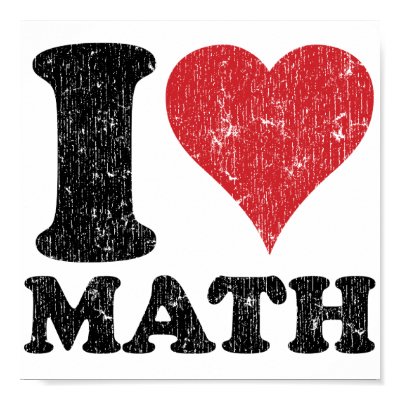Hi Grade 5s,
Today we talked about equivalent decimals.
Remember: equivalent means equal. If we're looking for equivalent decimals, we're looking for decimals that represent the same amount.
We looked at grids made up of 100 little squares in our text books today. We saw that if, for example, 70 of the squares were coloured in, we could make the fraction 70/100. We remembered from yesterday that we could turn 70/100 into a fraction: 0.70.
We noticed that we could count the squares on the grid by 1s, but we also noticed that the grid was made up of 10 rows of 10 (making 100). If 70 squares were coloured in, we could also say that 7 rows of the 10 rows were coloured in. We could turn that into a fraction, too: 7 out of 10 rows were coloured in, so the fraction is 7/10. We can make this into a decimal, too: 0.7.
So...0.70 and 0.7 are equivalent decimals, because they represent the same number of squares coloured in our grid.
Hope that helps!
-Ms. Lewis.
Subscribe to:
Post Comments (Atom)

hi ms lewis
ReplyDeleteFor our homework which is Multiplying Decimals by 10 and 100 for pages 60-61 it say on " Quick Review" that when your multiping by hundred you write the zero when there are no zero digits in the ones places.
example: 9.7 x 100 = 970
so can we do that
britny
Hi Britny,
ReplyDeleteYou've got it! When you're multiplying a decimal number by 100, you need to move the decimal two places (like your example of 9.7x100=970). When there is no number, you add a zero as a place holder.
Of course, this only applies if your decimal number has two digits or less. For example, if you had 8.56x100, your answer would be 856.
Hope that helps!
-Ms. Lewis.